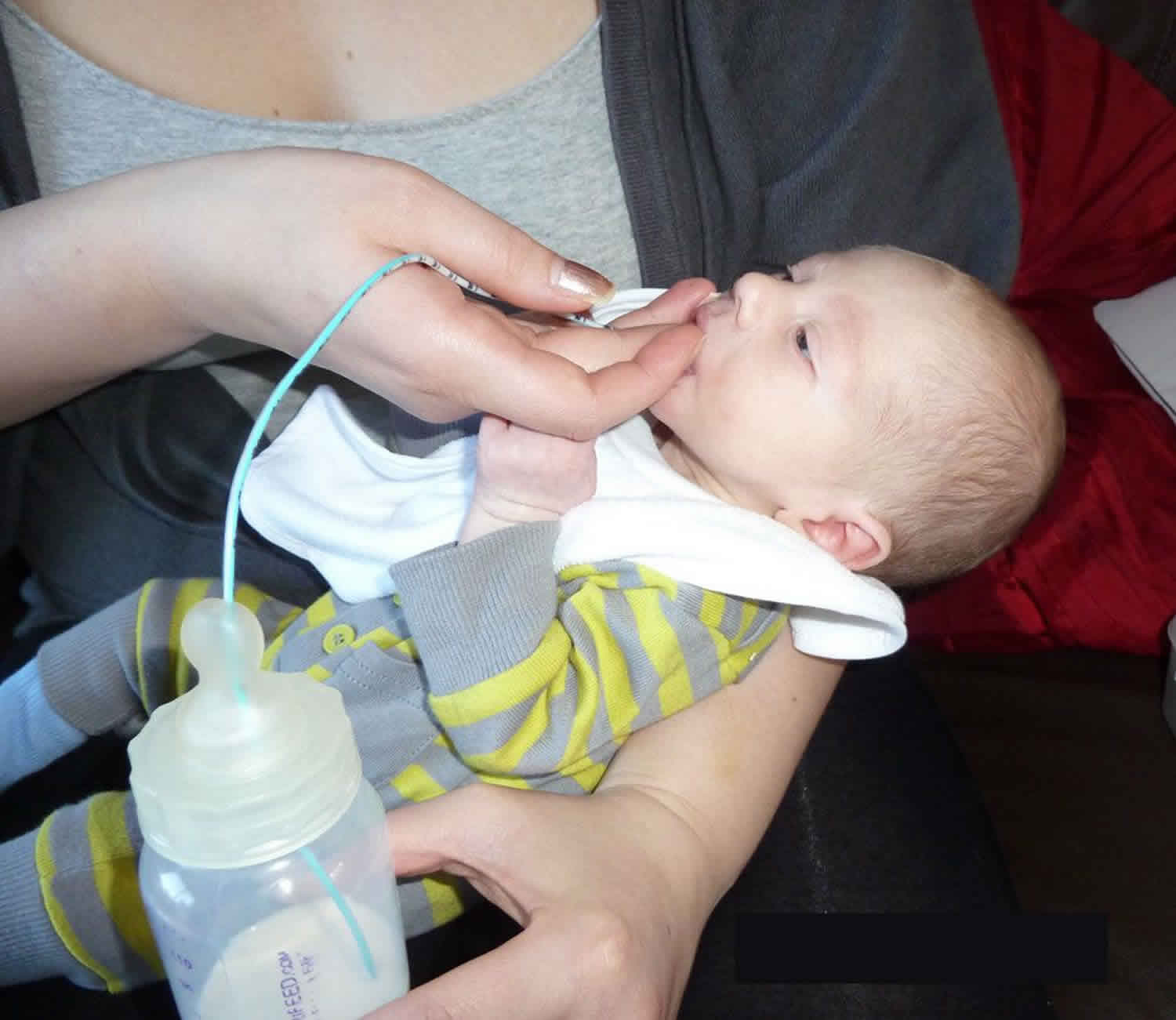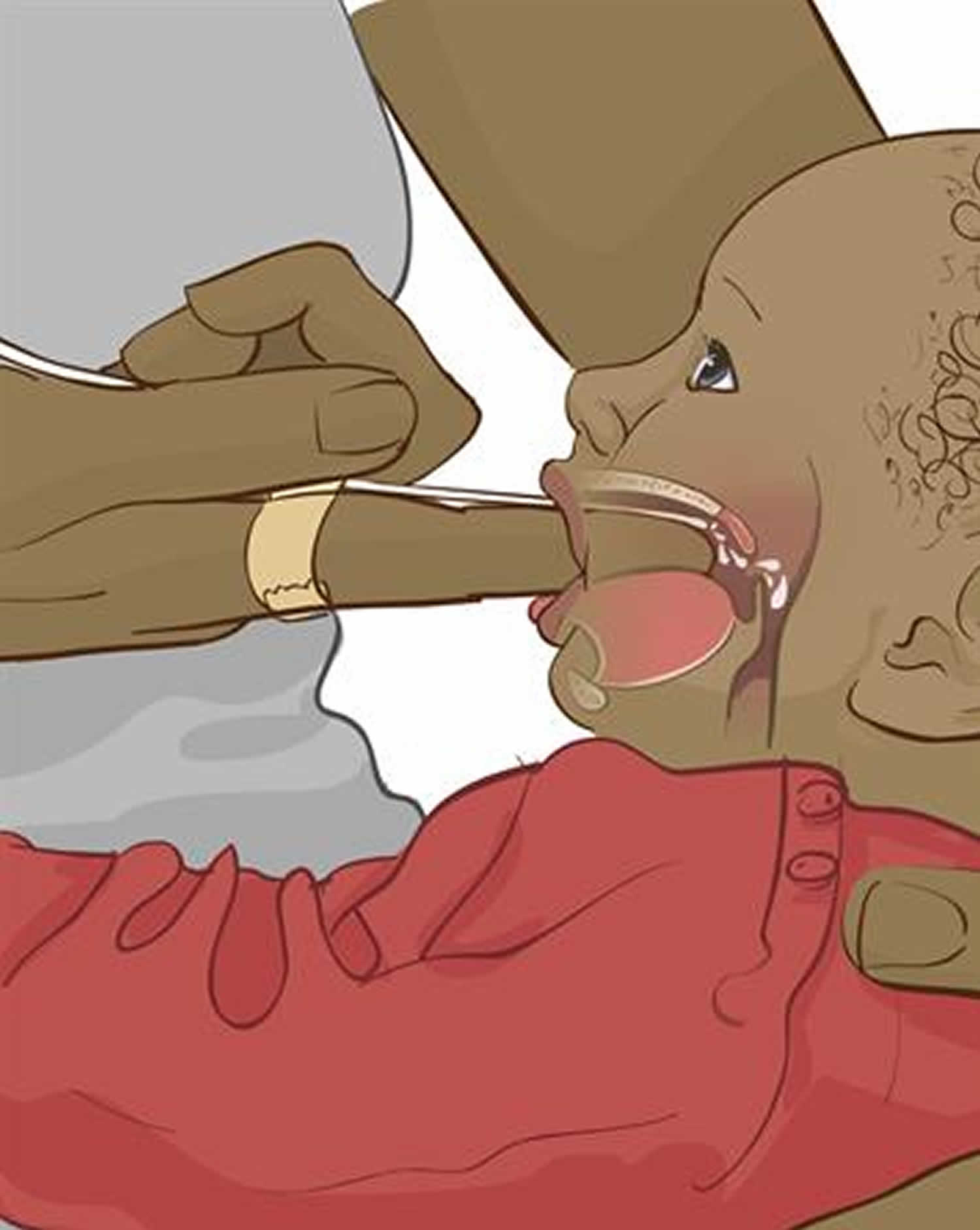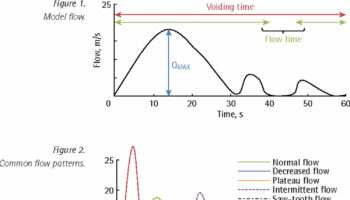Contents
Finger feeding baby
Finger-feeding is a technique that allows you to feed your baby if your baby is not attaching to your breast for feeds (latching-on) and without giving your baby an artificial nipple. Finger feeding is also a method that helps train the baby to take the breast. Your baby is not attaching to your breast for feeds (latching-on) can be a common challenge for both mother and baby in the early days but, with the right support, you will both be breastfeeding soon. During the time that your baby is not attaching to your breast it is important to make sure they receive your expressed breast milk. In the very early days this can be given using an oral syringe, as the first milk (called colostrum) is thick and sticky. However, as your milk supply increases it becomes thinner/more liquid, and it becomes unsafe to feed your baby in this way as there is a greater risk of choking.
Some babies can find it difficult to attach to the breast if they are fed with artificial teats/bottles or given dummies while they are learning to breastfeed. This can be because of two things:
- They get a faster and more continuous milk flow from the bottle.
- They have to use a different mouth, jaw and tongue action with a dummy/artificial teat compared to suckling at the breast.
Finger-feeding is a short-term solution to bridge the gap while your baby learns to attach to your breast, meaning you can choose not to introduce an artificial teat and bottle. There are several benefits that have been seen and recorded of finger-feeding over bottle-feeding if you are intending to breastfeed:
- Finger-feeding attempts to mimic the experience of breastfeeding more closely than feeding with a bottle.
- Your baby has to suck for a few seconds before they receive the milk, just like breastfeeding.
- Your baby must keep their tongue forward over their bottom gum, have a wide mouth (this is why using your largest finger is best) and have their jaw forward – all things they need to do when breastfeeding.
- It allows your baby to control the flow of milk and means that your baby has to actively feed rather than just swallow – just as if breastfeeding.
- It encourages your baby to co-ordinate their tongue movements and associate this with reward (milk).
Finger feeding may be used if:
- Your baby refuses your breast for whatever reason or if your baby is too sleepy at the breast to breastfeed well. It is also a very good way to wake up a sleepy baby during the first few days of life and there are concerns about intake.
- Your baby does not seem to be able to latch on to the breast properly, and thus does not get milk well. However, if your baby is latching on, even not well, then it is better to use a lactation aid at the breast to give extra milk.
- The baby is separated from the mother, for whatever reason. However, in such a situation, a cup is probably a better method of feeding the baby. Since finger feeding should be used primarily to help a baby take the breast when he/she is reluctant or temporarily unable, the best technique is not finger feeding if the mother is not present to breastfeed him/her.
- Breastfeeding is stopped temporarily there are very few legitimate reasons to stop breastfeeding.
- Your nipples are so sore that you cannot put your baby to the breast. Finger feeding for several days may allow your nipples to heal without causing more problems by getting the baby used to an artificial nipple. Cup feeding is also more appropriate in this situation and takes less time. Taking a baby off the breast should be a last resort only but too often is done as a first resort. Proper positioning and a good latch help sore nipples far more than finger feeding. And a good “all purpose nipple ointment” will help as well. The so called “nipple holiday” is not advisable and if suggested within the first few days of life may be a terrible mistake. Taking the baby off the breast does not always result in painless feedings once you start again and sometimes the baby will refuse to latch on.
Finger feeding is much more similar to breastfeeding than is bottle feeding. In order to finger feed, the baby must keep his tongue down and forward over the gums, his mouth wide (the larger the finger used, the better so using a baby finger to do finger feeding is not a good idea), and his jaw forward. Furthermore, the motion of the tongue and jaw is similar to what the baby does while feeding at the breast. Finger feeding is best used to prepare the baby who is refusing to latch on to take the breast. It needs to be done only for a minute or two, at the most, just before trying the baby on the breast if the baby is refusing to latch on. See video clip Finger feed to latch. If the mother is not present to feed the baby or if the baby still doesn’t latch on after the finger feeding is attempted, then feeding the baby with a cup is better than finger feeding which can be slow.
Figure 1. Finger-feeding using a syringe (fasten the syringe to your clothing)
Figure 2. Finger-feeding using a bottle (the bottle should be on a flat surface so the fluid in the bottle is level with the baby’s head.)
Figure 3. How to finger-feed your baby (your finger is inserted just past the first knuckle, soft side up, just as far as where the hard palate meets the soft palate)
How to finger-feed your baby
Finger-feeding is essentially a glorified straw. You will be using a tube called a nasogastric tube (NG tube) taped to your finger and will let your baby suck from it while the other end is in the milk.
To finger feed newborn baby you’ll need these:
- Nasogastric tube (NG tube) size 5French, 93 cm or 36 inches long
- Soft tape
- Scissors
- Teat
- Bottle or a syringe without a needle with the plunger removed
- Your expressed breastmilk, donor breast milk (or artificial milk if neither of these are available).
Instructions:
- Wash your hands and make sure your nails are not too long. Parents can use their bare finger or thumb, or you can cover your hand with a hospital glove. Health-care professions will wear a glove if they finger feed your baby. Make sure the nail on the finger or thumb that you will use is cut short so that you do not hurt your baby’s mouth.
- Cut a larger hole in the top of the teat, using scissors. Then attach the teat to the bottle of milk.
- If you are using a bottle, pour the feeding supplement into the bottle. Put the wide end of the feeding tube into the feeding supplement. Put the small end of the feeding tube through the enlarged nipple hole, leaving the large end of the tube touching the bottom of the bottle. Place the bottle on a flat surface close to you so the fluid is at the same level as your baby’s head.
- If you are using a syringe, attach the wide end of the feeding tube to the tip of the syringe. Pour the feeding supplement into the syringe. Place the elastic band around the top of the syringe. Then put a safety pin through the end of the elastic. Pin the syringe to your clothing so the bottom of the syringe is at the same level with your baby’s head.
- Cut off the flap/stopper of the nasogastric tube, but leave the black end in place.
- Post the black end through the hole you have made in the teat and into the milk.
- Place the other end of the nasogastric tube so that it is level with the tip of your biggest finger (pad-side facing upwards).
- Secure the tube to your finger using the soft tape; stick this a few centimeters away from your finger-tip.
- Cuddle your baby close with your baby on your lap. It is best to position yourself and the baby comfortably. Your baby should be facing you. The baby’s head should be supported with one hand behind his shoulders and neck; the baby should be on your lap, half seated. Your baby should be sitting almost upright, but at a little bit of an angle. However, any position which is comfortable for you and the baby and which allows you to keep your finger flat in the baby’s mouth will do.
- Gently encourage your baby to root and open their mouth. This can be done by stroking their cheek or top lip. Once your baby opens their mouth, gently insert your finger or thumb soft side up (pad-side facing upwards). Place the thin end of the feeding tube on your finger so that the end of the feeding tube is at the end of your finger. Tape the feeding tube in place behind the second joint of your finger or the first joint of your thumb.
- Move your finger back and forth slightly along the baby’s tongue if you need to encourage your baby to suck.
- Allow your baby to suck your finger and the milk will gradually be pulled up the tube (like a straw).
- Let your fingertip move to the back of the baby’s mouth with each suck. Your finger should just touch the ridge at the top of the mouth where the hard part of the mouth becomes soft. Your finger will be in your baby’s mouth up to between the first and second knuckle.
- Make sure your baby is getting enough feeding supplement. The feeding supplement should flow when the baby sucks and stop when the baby stops sucking. Your baby is getting enough feeding supplement if you can hear them swallowing with each suck.
The nasogastric tube is not likely to become blocked. If your baby gags, just move your finger back so that it is not so far into their mouth.
If you are having trouble getting the baby to latch on to or to suckle at the breast, remember that a ravenous baby can make the going very difficult. Take the edge off his hunger by using the finger feeding technique for a minute or so. Once the baby has settled a little, and sucks well on your finger (usually only a minute or so), try offering the breast again. If you still encounter difficulty, do not be discouraged. Go back to finger feeding and try again later in the feed or next feeding. This technique usually works. Sometimes several days, or on occasion a week or more, of finger feeding are necessary, however.
After you leave hospital, if you need any help with finger-feeding, breastfeeding or have any other questions, please speak to your community midwife and/or the Infant Feeding Team. If you are discharged home finger-feeding, a follow-up will also be arranged for you to see how you are getting on with breastfeeding.
Finger-feeding troubleshooting
If your baby is not getting enough feeding supplement, try the following things:
- Check for bends or kinks in the feeding tube.
- Check the position of the feeding tube in your baby’s mouth.
- Raise the bottle or syringe higher above the level of your baby’s head.
If your baby is getting the feeding supplement too fast, lower the bottle or syringe so it is below the level of your baby’s head.
How much and how long to finger feed?
It is important that you understand why you are finger feeding your baby. If you cannot breastfeed your baby a few times a day, or even for a whole day, your baby can still get enough milk to satisfy their hunger if they are finger fed properly.
Finger feeding should not take longer than any other method of feeding. Thirty to 40 minutes is usually long enough.
Ask your baby’s nurse or dietitian how much feeding supplement your baby should be getting at each feeding and how often they should be fed. This information will give you an idea of how much breast milk or formula to prepare and how often your baby might want to eat.
Breast milk empties from the stomach very easily and faster than formula. For this reason, babies may eat more often when they are having breast milk than when they are having formula.
Giving a supplement by finger feeding when breastfeeding
If you are using finger feeding to give a feeding supplement to your baby who is already feeding at the breast, you should ask the dietitian about the following things:
- How much feeding supplement to give your baby.
- How often you should feed your baby.
- How to make the feeding supplement.
- How to wean your baby off the feeding supplement.
Ask your doctor how long the finger feedings should continue
Your doctor or health-care worker who has special training in how to breastfeed babies will tell you how long you should continue to finger feed your baby. See your family doctor three days after your baby leaves the hospital. After that, take your baby to the doctor for a regular check-up every week.
When you visit the doctor, they will weigh your baby and ask you about how you feed your baby. The doctor will tell you how well your baby is gaining weight and if you still need to give your baby a feeding supplement.
These are important signs that your baby is feeding well:
- Your baby is gaining weight.
- Your baby has at least six to eight soaking wet diapers every 24 hours.
- Your baby has two or more bowel movements (poos) every 24 hours in the first month of life.
- After a month, your baby may not have as many bowel movements but should still have six to eight soaking wet diapers every 24 hours.
Once your baby is gaining weight and latching on well to the breast, you may not need to give your baby extra feeding supplement any longer.
If you have any concerns about your baby at any time, talk to your doctor.
If you have concerns about the supplement you are feeding your baby, call your health-care worker.
How to clean finger feeding supplies
Cleaning your finger feeding supplies is easy. You can use your finger feeding supplies at home as long as you clean the supplies thoroughly right after you feed your baby. Follow these steps to clean the supplies:
- Wash your finger-feeding supplies with warm soapy water.
- Rinse the supplies well with warm clean water. Make sure there is no dry feeding supplement left in the feeding supplies.
- Keep the feeding supplies wrapped in a clean towel or in a sealed plastic bag after you wash them.
The feeding tube can generally be used for seven days or until it becomes hard.
Note: You should not boil the feeding supplies because boiling will make the plastic hard too quickly.








